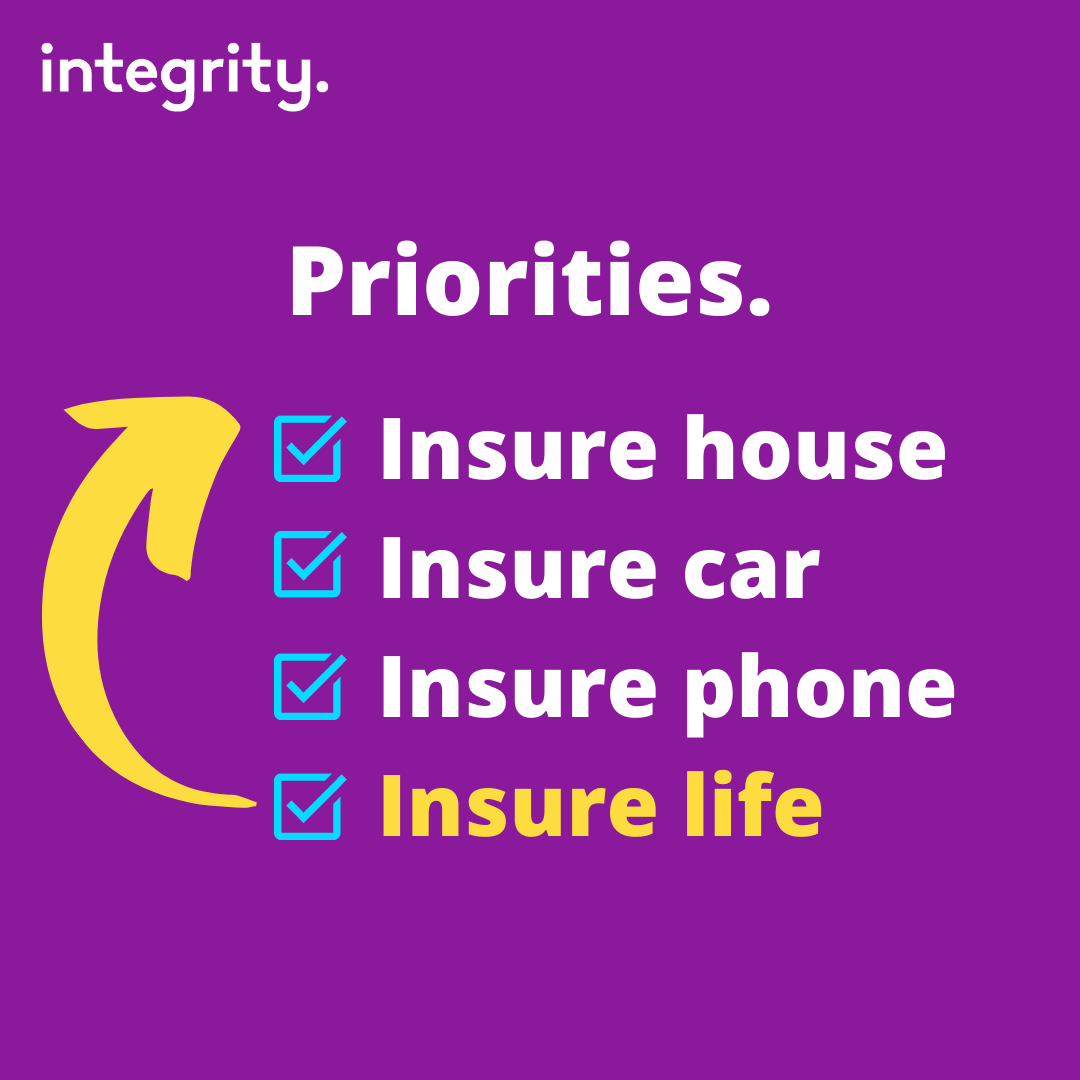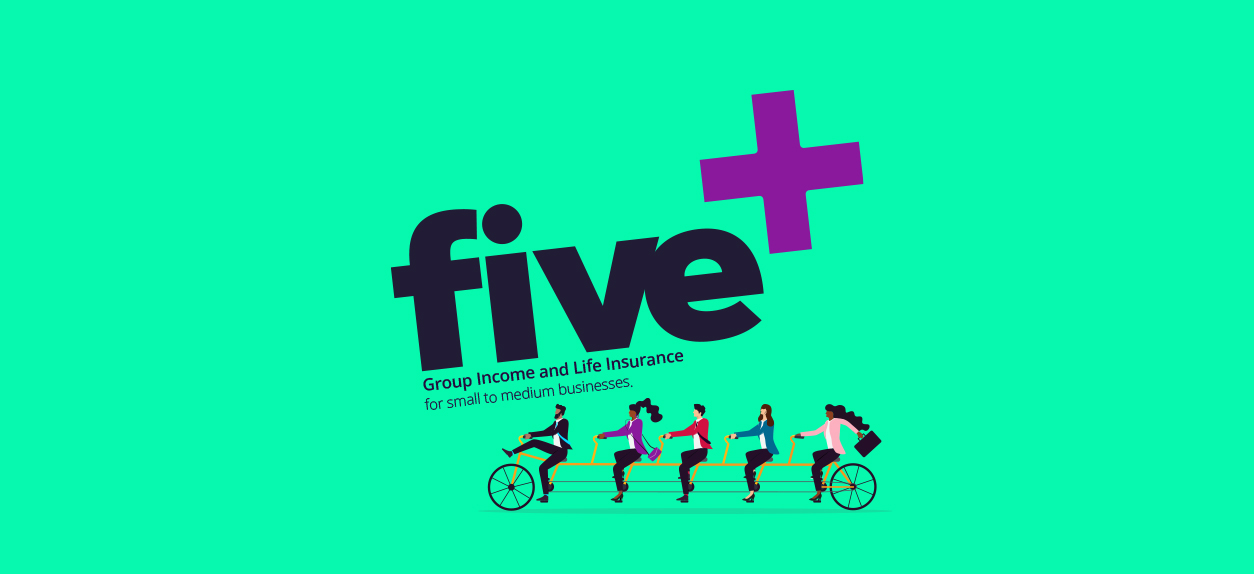Engaging first-time life insurance buyers. Making a great ‘first impression’.
As the saying goes ‘Life Insurance is sold, not bought’. And it can be hard work, not only to get the client educated enough appreciate the need for it, but then to keep them engaged throughout what can be a lengthy application process. So how do we overcome this? We might just have the answer… As the saying goes ‘Life Insurance is sold, not bought’. And it can be hard work, not only to get the client educated enough appreciate the need for it, but then to keep them engaged throughout what can be a lengthy application process. So how do we overcome this? We might just have the answer.
Natalie Sargeant, Head of Customer Experience, talks about some of the ways consumer behaviour is (finally) driving change in the Life Insurance industry.
Why did it take so long for the notion of ‘customer centricity’ to reach the Life Insurance industry?
Natalie: Life insurance is an old industry. It’s not for lack of people being customer centric and understanding customer needs, it’s more often an inability to be able to execute the desired change because of legacy systems that hold the industry back. Being able to understand the needs of customers when they have suffered an injury, illness, or death in the family, is really the starting point for designing a life insurance product and all of the processes around the claims experience. That is really what we are selling to the customer.Additionally, if we’re selling insurance products via an Adviser, we also have to intimately understand their client advice process and how the processes we design supports them. In other words, we are designing both an experience we will deliver, and an experience an Adviser will deliver.
The whole industry is set up to compare ‘product specifics’ and not necessarily the ‘experience’ that comes with those products. How do we get more Advisers to see how the experience is the product?
Natalie: Comparing products and pricing is a very important part of the process that Advisers go through in developing a recommendation for their clients. Risk researcher tools provide a good starting point for Advisers, but there is often more to it. In particular, what happens at claims time isn’t easily factored into the consideration process, because it’s not easily comparable until an Adviser has been through it with an insurer. An example of this would be, a client experiences illness or injury and are receiving an Income Insurance benefit.
At a critical time in their recovery, how many hoops does the insurer make them jump through? With the number of requirements they need to provide, or forms they need to complete?
2. Can the Insurer pay them on the same day their wage would normally go in, or do they have to adjust all their automatic payments?
3. If there is an issue, is it escalated to an overseas call centre?
4. Do the staff make decisions based on sets of rules, or are they empowered to make values-based decisions?
All of this – distinguishes one product from another. You are not just buying what’s in the PDS. The experience and the process the insurer puts around the products is just as important as what’s in the box.
Can you talk about some of the features we have built that help Advisers make a great first impression during application and quote that match with modern consumer expectations around experience?
Natalie: We’ve been very clear about who we are designing our product and experience for during quote and application. As Advisers are recommending our products to their clients, we need to fit in seamlessly with their advice process.
In our quoting tool, Advisers are able to easily compare stepped versus level premiums over the life of the policy as well as side by side comparisons for year 1 premiums. Our shopping cart in the quote tool provides complete transparency on the breakdown of the covers, optional extras, and if they do a pre-assessment, any loadings and exclusions are added straight into the basket . We have seen both these features used by Advisers in the presence of their customers to help create trust and help explain away some of the complexity.
If Advisers need to do a pre-assessment they are able to use our digital tool, which has the outcomes built straight into the quote , or they can be in touch directly with our underwriters, who have very quick turnaround times. All of the documents Advisers need for compliance are available in the activity log. Applying for cover is a flexible digital form that can be completed in any order, which allows Adviser’s the ability to adapt this to the way they like to work in both preparing advice and meeting with their client. This really allows them to focus on the relationship and not painful paperwork.
Integrity Life
From the newsroom


